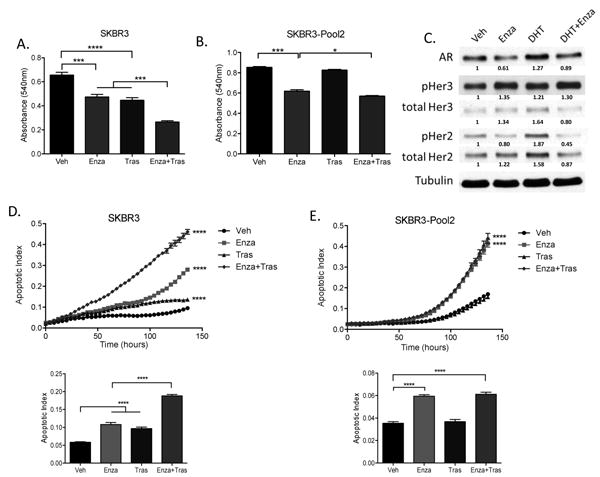Figure 1. Enza inhibits proliferation and promotes apoptosis in HER2+ breast cancer cells.

(A) SKBR3 cells and (B) Tras-resistant SKBR3-Pool2 cells were grown in the presence of 10uM Enza and/or 20ug/mL Tras for 5 days, and cell growth was measured by crystal violet staining by measuring absorbance at 540nm. (C) Parental SKBR3 cells were hormone-stripped for 72 hours, then cells were treated with vehicle, 10uM Enza, and/or 10nM DHT for 48 hours, then whole cell lysates were immunoblotted for the indicated proteins. (D) Parental SKBR3 cells and (E) Tras-resistant SKBR3-Pool2 cells were treated with 10uM Enza and/or 20ug/mL Tras, and IncuCyte Caspase-3/7 reagent. Apoptosis was measured on an IncuCyte Imager as a function of changing fluorescence over time. Bar graphs in (D) and (E) indicate apoptotic index at 68 hours. Cell viability and apoptosis experiments were performed in biological triplicate, and repeated at least twice, with one representative experiment shown. For western immunoblot, experiments were repeated twice, with a representative experiment shown. *p<.05, *** p<.001, ****p<.0001 by ANOVA with Bonferroni's multiple comparison test.
